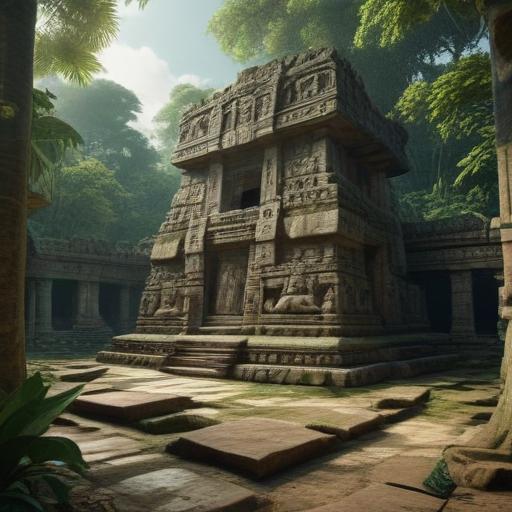Archaeologists have recently revealed the discovery of an ancient Maya city named “Los Abuelos” in northern Guatemala, estimating it to be nearly 3,000 years old. This significant find includes pyramids and monuments, highlighting its importance as a ceremonial site. The announcement was made by Guatemala’s culture ministry on Thursday.
The Maya civilization, which began emerging around 2000 BCE, reached its peak between 400 and 900 CE across regions now known as southern Mexico, Guatemala, Belize, El Salvador, and Honduras. The newly found city is believed to date back to the “Middle Preclassic” period, specifically from 800 to 500 BCE, which positions it as one of the earliest and most important ceremonial centers in the jungle area of Peten, near the Mexican border.
The city was named after two human-like sculptures representing an “ancestral couple,” found at the site. These figures, dating between 500 and 300 BCE, may indicate ancient practices surrounding ancestor worship. The ministry emphasized the unique architectural design of the city, showcasing pyramids and monuments adorned with distinctive regional iconography.
The vast site spans approximately 16 square kilometers (about six square miles) and was discovered by a collaborative effort between Guatemalan and Slovak archaeologists in areas previously unexplored within the Uaxactun park. Among the remarkable findings is a pyramid standing at 33 meters (108 feet) high, featuring murals that also originate from the Preclassic period, along with a unique canal system.
These discoveries create a previously unknown urban triangle that invites a re-evaluation of the ceremonial and socio-political structures of pre-Hispanic Peten, the culture ministry stated. Additionally, this year’s earlier discovery of a 1,000-year-old altar from the ancient Teotihuacan culture at Tikal, located 23 kilometers from Uaxactun, suggests potential connections between these two distant pre-Hispanic civilizations.
This archaeological triumph not only sheds light on the rich history of the Maya civilization but also confirms the significance of Guatemalan archaeological sites as vital keys to understanding ancient cultures and their interconnectedness.
